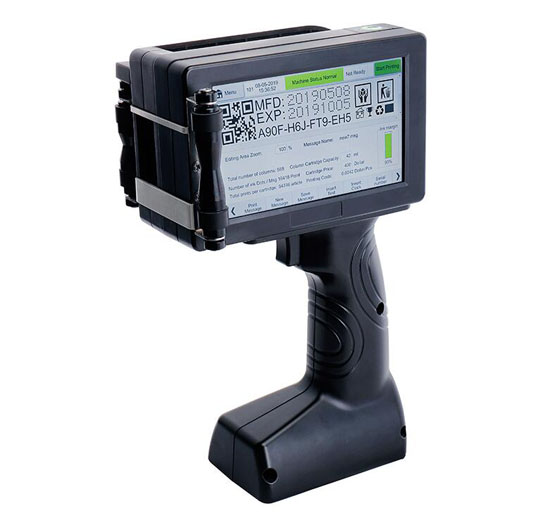Today's manufacturers are very fortunate to have a wide range of options when it comes to choosing a batch coder. There is the right type of batch coder for every specification. However, with that comes the tendency to be overwhelmed by the wealth of technology available.
Finding the right batch coder is critical to facilitating the seamless movement of your product throughout the supply chain. This is a guide to help you through the selection process.
What is batch coding?
Batch coding is the process of adding an identification code to a group of identical products with the same production time, date and location. The identification code usually consists of a selection of letters and numbers. Lot coding is essential for traceability, allowing individual items to be tracked through all stages of production, processing and distribution.
The Importance of Batch Coding
Whether you are involved in industrial and manufacturing applications, food and beverage production, or the pharmaceutical or automotive industries, batch coding will become an integral part of your manufacturing process.
Lot numbers are critical to traceability, allowing products to be traced through all stages of production, processing and distribution. Individual lot numbers consist of a combination of different identification codes for the product, production line, production date, production time, etc.

评论
发表评论